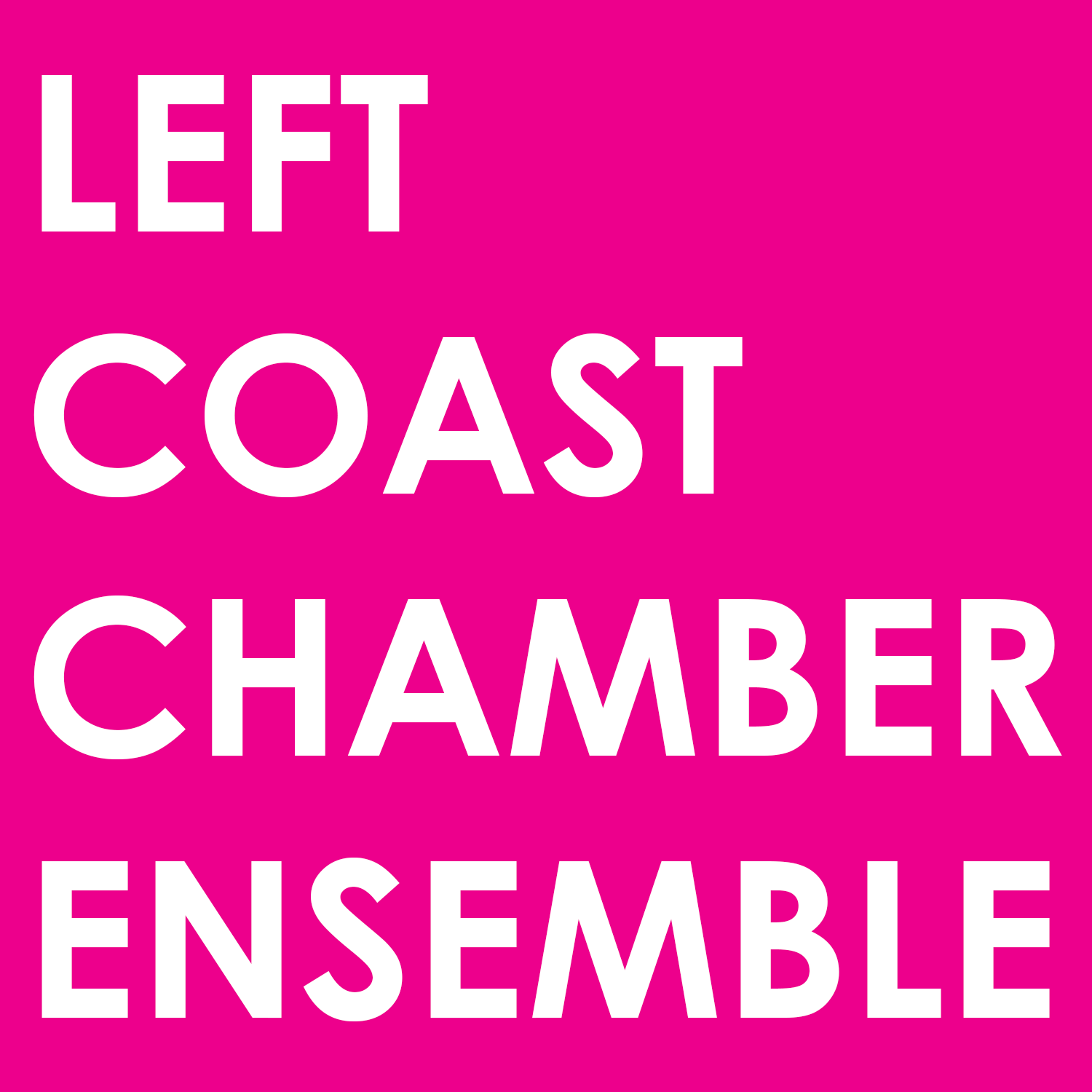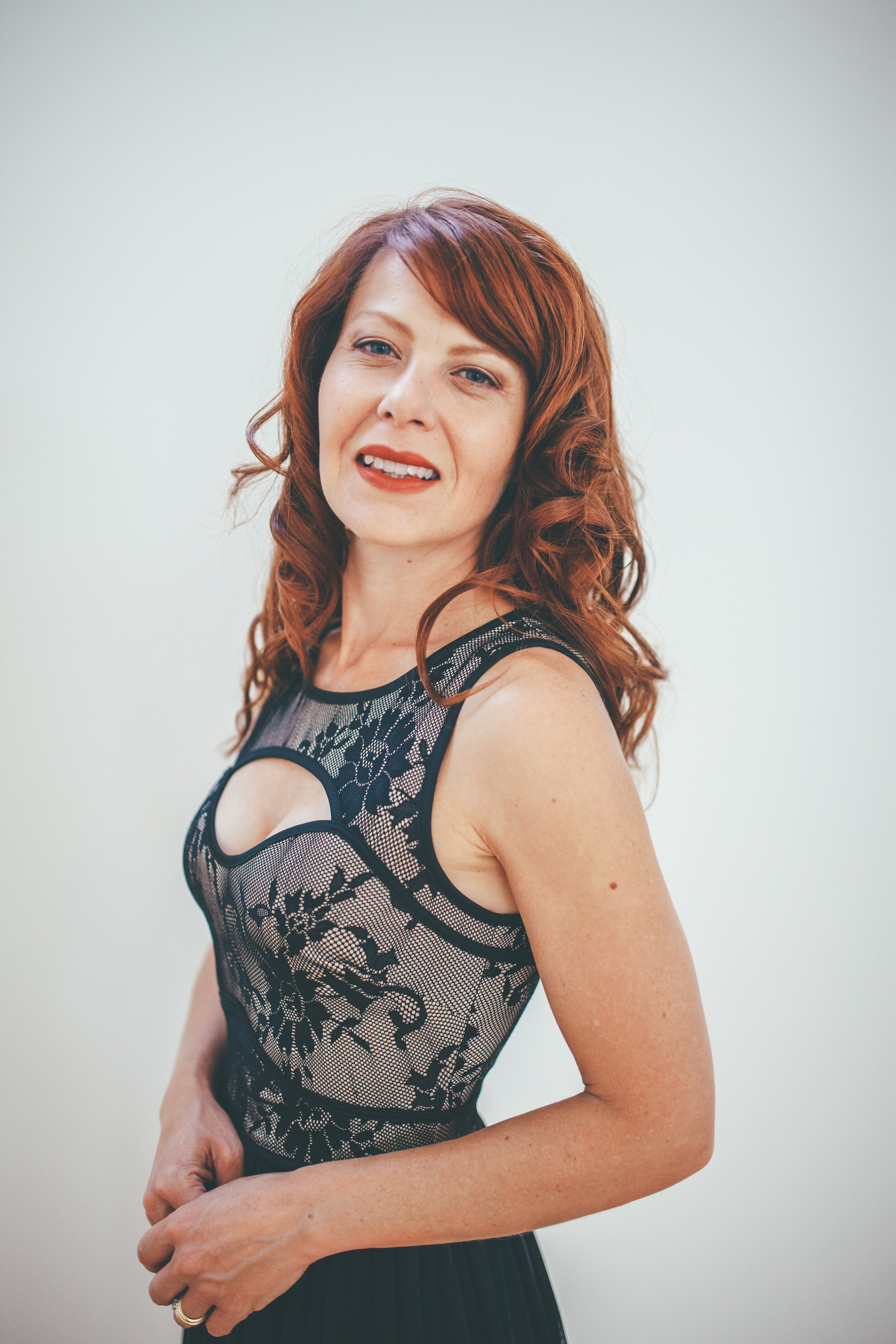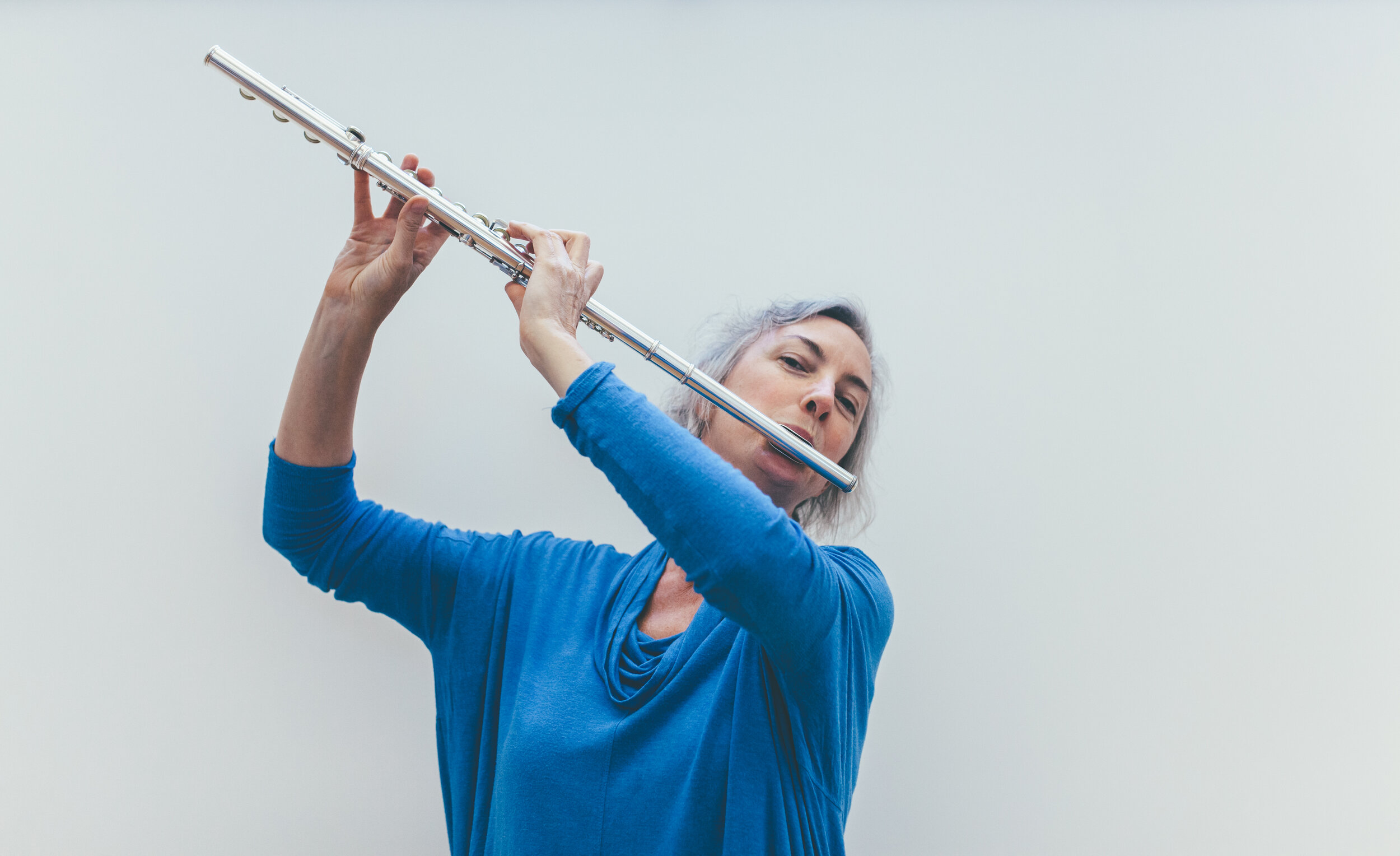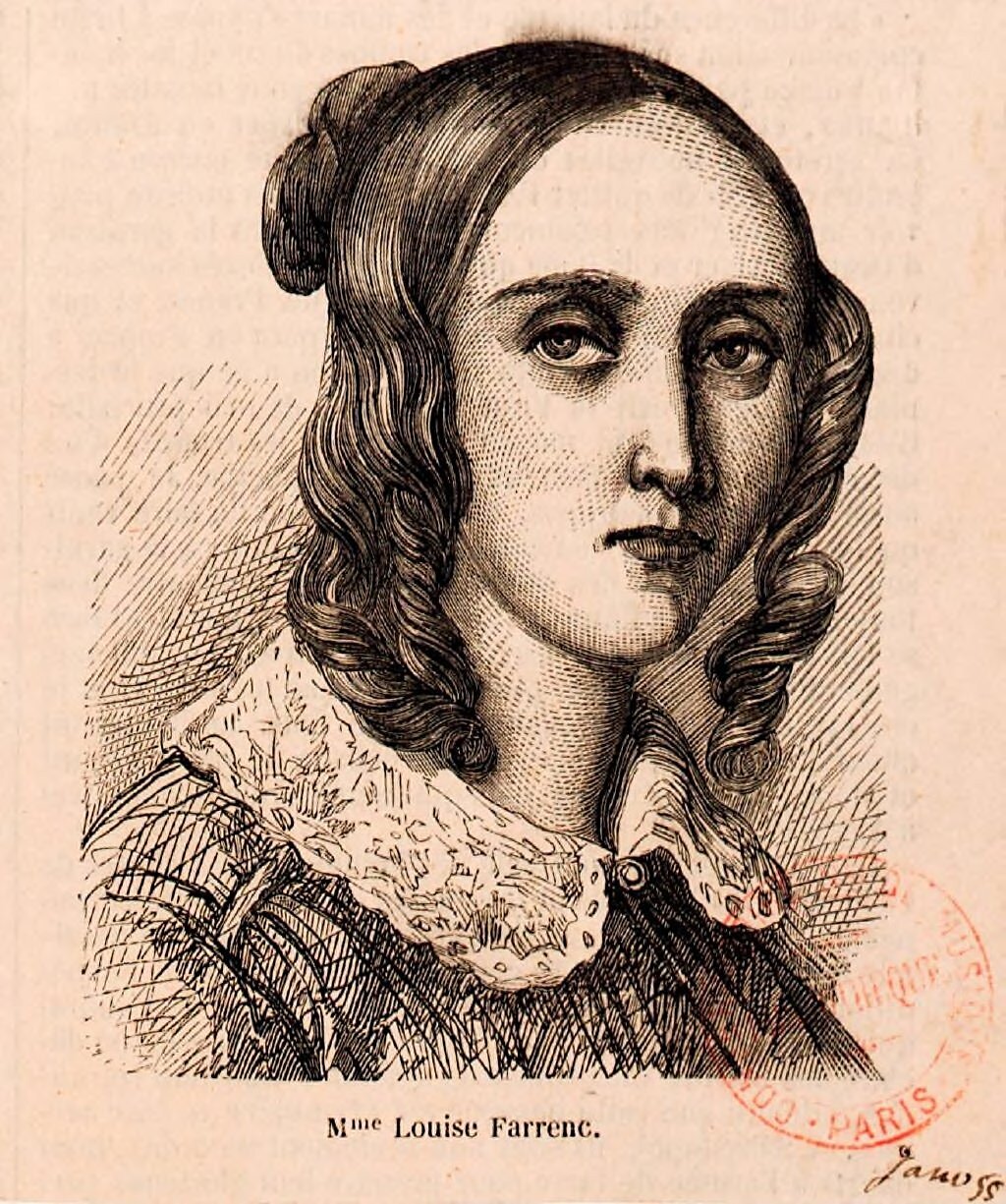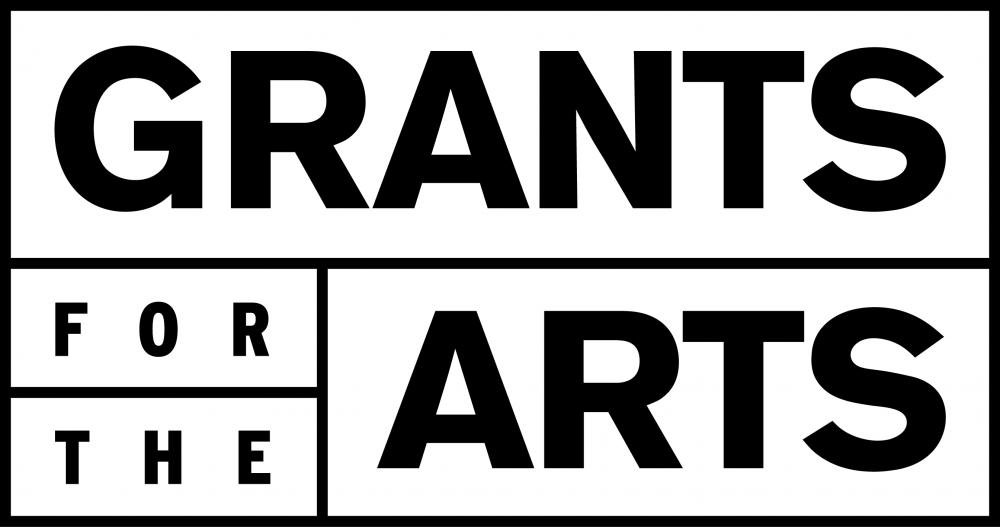Long Distance Call
Laura Rose Schwartz - Parse for Distanced Soprano, Flute, Cello, Piano WORLD PREMIERE
Ryan Suleiman - The Robin for Distanced Soprano, Piccolo, Cello, Piano WORLD PREMIERE
Olivier Messiaen - Le Merle Noir for Flute and Piano
Louise Farrenc - Trio for Flute, Cello and Piano, Op. 45
Responding to the forced separation and longing for connection we all experienced during Covid-19 pandemic, Left Coast Chamber Ensemble commissioned works conceived as long distance conversations between a piano trio and a soprano. Laura Rose Schwartz and Ryan Suleiman each contributed a new piece using a call and response model— the singer and ensemble alternate in sending each other musical postcards! It is intended that the work can be successfully performed either together or remotely.
Music by Olivier Messiaen and Louise Farrenc completes the program.
Concert Program
Live Concert Sunday, October 17 2021, 7:30PM
Berkeley Piano Club
2724 Haste St. Berkeley, CA 94704
Virtual Concert Broadcast from San Francisco
October 24, 2021, Premieres at 5:30PM
link watchable for a period of 3 weeks, ending Nov. 14, 2021
To celebrate our season kick-off, every live-event ticket purchase gets you one entry to a raffle for a pair of tickets to Left Coast and SF Chamber Music Society's SFIAF duo event!
Winner drawn at the concert.
Covid-19 Concert Policy:
All attendees, regardless of age, are required to show proof of Full Covid vaccination for entry into the event. “Full vaccination” means that the Event (Oct 17, 2021) is at least 14 days after your final vaccine dose.
All attendees, regardless of age and vaccination status, are required to wear masks when indoors at all times.
To enter the event, please bring a photo ID and a proof of vaccination— either your physical vaccination card or a digital vaccination record (i.e. a picture of both sides of your vaccination card or a pdf scan of both sides of your vaccination card.)
Artists
Stacey Pelinka | flute
Leighton Fong | cello
Allegra Chapman | piano
Nikki Einfeld | soprano
Program Notes
Ryan Suleiman
The Robin (2020)
Notes by the composer
Gibran’s “The Robin” for me in 2020 represents a yearning for peace while in a state of isolation and anxiety. This feeling is also reflected in the singer’s situation. The piece, created with social-distancing measures in mind, is written such that the singer is not only physically isolated from her instrumentalist colleagues, but also musically. She has to sing, then wait for a reaction. During the pandemic, we want to gather together, but can’t. In Gibran’s robin we find beauty, peace, and tranquility. The robin lives gracefully and in the moment. Imagining this robin as I composed has been a kind of balm. I hope it is for you, too.
Gibran, like my father, emigrated to the United States from Lebanon. My father grew up in Beirut, and I became especially motivated to work with Gibran’s poetry after Beirut’s devastating explosion, which compounded the numerous crises in that country. Half of performance royalties will be donated to Islamic Relief USA’s aid efforts in Lebanon.
Laura Rose Schwartz
Parse (2020)
Notes by the composer
Parse, is the first time I have wanted to write a piece directly connected to my personal experiences. At the end of 2017, I broke up with my long-term partner. Parse is not a breakup description piece. It does not tell the story of that relationship. It does tell my story. In the three-texts of Parse sung and spoken by the vocalist, they call out to themselves through the different texts, centering their story, their feelings, and their words. The ensemble acts as a mirror to the story-text, starting off tightly controlled and moving to the fringes. I wrote this piece, because I feel a longing to reconcile the person, I am now with the person I was in Parse. I wrote my own vulnerability into music and that has been an experience.
Louise Farrenc (1804–1875)
Trio for Flute, Cello, and Piano, Op. 45 (1861)
by Scott Foglesong
Isabelle Vengerova. Rosina Lhevinne. Adele Marcus. Yvonne Loriod. All major-league piano teachers at major-league conservatories, and all women. They shared an unheralded pedagogical ancestor in early 19th century composer and pianist Louise Farrenc, mainstay piano faculty at the Paris Conservatoire for decades. As we all know, European music outside of opera was mostly an exclusive men’s club well into the 19th century. Even before Clara Schumann started hammering against those moldy old walls, Farrenc established herself at the highest levels of the profession. She studied with the best—Ignaz Moscheles and Johann Nepomuk Hummel in piano, and Anton Reicha in composition. She concertized in prestigious venues. Her compositions were played by headliners such as Joseph Joachim.
As a composer she was of a distinctly conservative stripe, eschewing excess à la Liszt or bling à la Berlioz. Her catalog runs to the traditional genres: chamber music, symphonies, and (understandably) lots of solo piano stuff. No opera, though. After her death in 1875 she, and her music, fell into obscurity, and that’s a pity. She left a considerable legacy, well worth resuscitating—as in the fine trio for flute, cello and piano of 1861. To be sure, she wasn’t all that original a voice; much of Op. 45 could pass for vintage Mendelssohn with soupçons of Robert Schumann sprinkled hither and yon. But there’s a great deal to be said for professionally crafted, attractive and effective music, and Farrenc’s Op. 45 trio is all that and more, early Romanticism in all its considerable allure.
Olivier Messiaen (1908–1992)
Le merle noir (1952)
by Stacey Pelinka
One of the foremost French composers of the 20th century, developed a distinctive and original voice. As professor of composition at the Conservatoire de Paris from 1941-1978, Messiaen taught many distinguished composers including Pierre Boulez and Karlheinz Stockhausen. He was very innovative as a composer, constructing an original system of harmonic modes and a rhythmic style he called “additive” rhythm, in which individual notes in an otherwise regular rhythm are slightly altered. Messiaen was also a virtuoso organist, serving as the organist at the church of La Trinité in Paris from 1931 until his death, and a noted ornithologist. He considered birds the greatest musicians, and used transcribed birdsong in many compositions. His fascination with birdsong and his deeply felt Catholic faith were major influences on his work.
Le merle noir (The Blackbird), commissioned for a flute competition at the Paris Conservatoire, was the first of Messiaen’s works to be entirely derived from birdsong. The opening cadenza, for flute alone, is Messiaen’s most detailed birdsong to date, while the reflective melody that follows is a backward glance, similar in style to his major symphonic work, Turangalila. The melodic inflection and rhythm follow the Catholic chant “omnia mea omnia peccata mundi.” In the coda, the flute is given the song of the blackbird, while the piano follows a strict pattern of rhythmic permutations (combined with 12-note rows), with a binary structure in which right and left hands swap material half way. In previous compositions the rigorous process had been the predominant strand, ornamented by the birdsong. But in Le Merle noir the birds are in the foreground, and it is the process in the piano part that is subsidiary, with the rhythms too close in register (the high treble) and too blurred by pedal to be experienced as anything more than a texture. A month after composing Le merle noir, Messiaen began to formally study ornithology.
Banner image: Vivian Sachs
